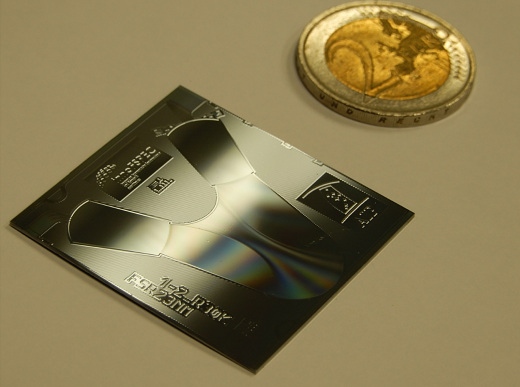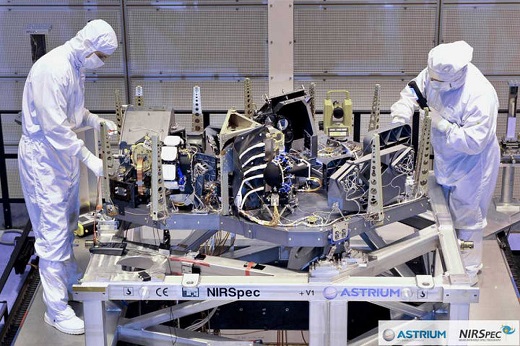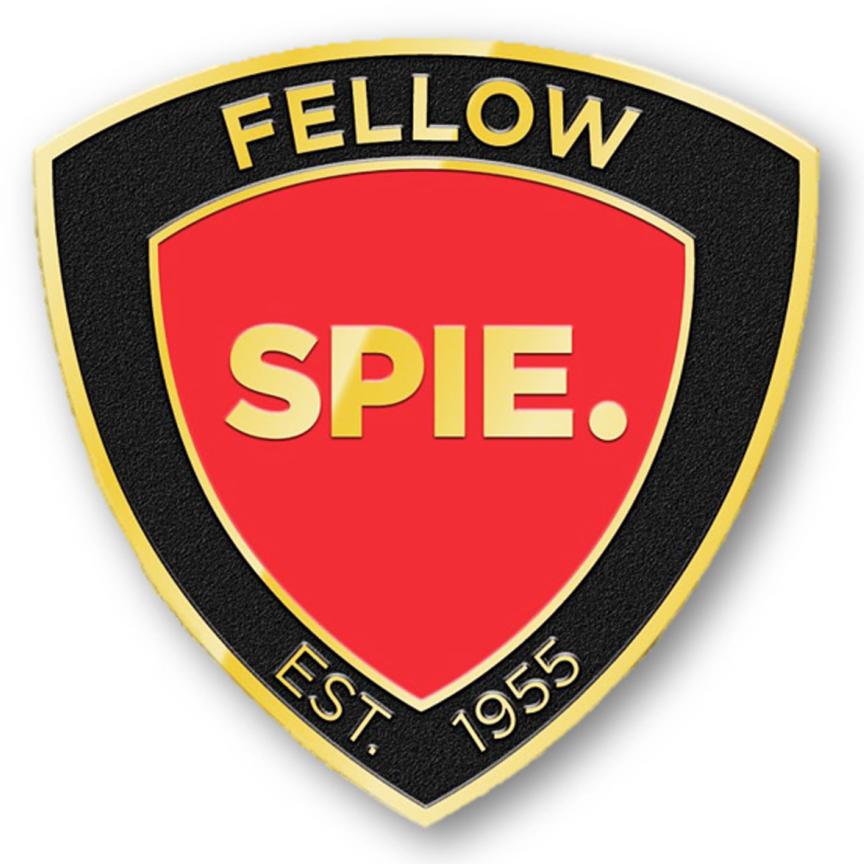Professor Dr Martin Roth, at research centre Innofspec Potsdam, discusses the role that fibre Bragg gratings and complex filters could play in transforming astronomy
Over the past 30 years or so, astrophysics has made tremendous progress and major discoveries that have shaped our understanding of the physics and the history of the universe – the spectrum of the cosmic microwave background as a tracer of the early stages of the cosmos immediately after the Big Bang; the discovery of black holes; or, more recently, the confirmation of gravitational waves, to name a few.
Like many other disciplines, the field has benefitted from the availability of advanced electronics and optical technologies for telescopes and their instrumentation, as well as supercomputers to perform complex numerical simulations of the sun, stars, nebulae, and the universe as a whole. More recently, and similar to disciplines like biology, for example, the development of photonics has stimulated ideas for using photonics components for innovative instrumentation, in particular with regard to challenges of next-generation observatories on the ground and in space. Hence the term ‘astrophotonics’, which promotes the notion that systems and components such as laser frequency combs, complex filters based on fibre Bragg gratings, miniaturised spectrographs (arrayed waveguide gratings, planar echelle gratings), integrated optics interferometric beam combiners, etc. are likely to lead to innovative solutions for astrophysical instrumentation.

Second generation integrated optics spectrograph chip, developed at innoFSPEC Potsdam. (Image: innoFSPEC Potsdam)
It is perhaps a historical curiosity that the advanced information provided by the Royal Swedish Academia of Science as background explanation for the Nobel Prize for Physics in 2009, which was partly awarded to Willard Boyle and George Smith (AT&T Bell Labs) for the invention of the charge coupled device (CCD) in 1969, is mentioning a prominent role of astronomy in the development of CCDs and silicon-based image sensors. While in the 1960s, the invention of what was called the ‘picture phone’ was, economically speaking, a disaster (Bell Labs lost half a billion dollars on the development), probably everyone would agree that, in retrospect, the invention resulted in disruptive technology, where today CMOS image sensors are indeed an integral part of smart phones and other devices.
However, more recently, dedicated photonics devices have taken over key technologies for the next generation of telescopes and instrumentation. For example, the installation of four 20W laser guide stars at Unit Telescope 4 of the Very Large Telescope, operated by the European Southern Observatory at Paranal in the Atacama desert, Chile, have only recently led to a breakthrough for adaptive optics combined with wide-area spectroscopy. Adaptive optics is a very promising, now maturing technique to restore the diffraction-limited image quality of a modern large telescope of the 8-10m primary mirror diameter class by online wavefront sensing, image analysis, and millisecond timescale wavefront correction through a deformable mirror[1].
Another challenging photonics application, however as yet not fully validated and demonstrated onboard the telescope, is the realisation of complex filters through optimised fibre Bragg gratings (FBG). Astronomy in the near-infrared regime with wavelengths between 1µm and 2.5µm is plagued by a high emissivity of the night sky background from prominent OH emission lines that originate in the upper layers of the atmosphere. As a result, the NIR sky background is as bright as the twilight sky would appear to the human eye in the visible. The goal would therefore be to design a notch filter with around 100 notches tuned to the wavelengths of the 100 brightest OH emission lines.
There is no way to make such a filter as a multi-cavity dielectric interference filter. However, specialty fibres such as aperiodic fibre Bragg gratings have been shown to provide a platform for highly complex OH suppression filters[2]. These seem promising to solve the problem of saturating spectra with bright sky lines in the NIR for instruments like ELT-MOS for the current ESO flagship programme, the 39m ELT[3].
Similar to how integrated circuits in electronics have lead to a revolution of technologies (and society), integrated optical devices in photonics hold the promise of stimulating applications for consumer industries. In astrophysics, the pressure to miniaturise components and subsystems is growing all the time, in particular for space applications. At Innofspec Potsdam, an innovation centre specialising in fibre-coupled spectroscopy and sensing, spectrometers based on planar lightwave circuits (PLC) are being developed. The device, called an arrayed waveguide grating (AWG), was originally introduced in optical communications as wavelength (de)multiplexers. For astronomy applications, such devices have to be improved to an unprecedented level. Cooperation with an established foundry has yielded a device with state-of-the-art performance: high spectral resolution, high throughput, broad free spectral range, high polarisation immunity and high temperature stability[4].

NIRspec spectrograph before launch with James Webb Space Telescope (Image: ESA/Astrium)
Other key components can be integrated on the same chip for light-path routing, amplitude and phase mixing, and wavelength self-referencing.
The concept of ‘astronomy-on-a-chip’ may spark a paradigm shift in astronomy instrumentation, as the lightweight PLC-based devices can provide simultaneously superior functionality and greater robustness. A packaged module further allows efficient thermal management and shielding against external disturbances. The plug-and-play deployment may reduce the system maintenance cost tremendously.
Other disciplines may benefit from the development of miniaturised spectrographs and other photonics components. For example, networking and brainstorming across different disciplines, including medicine, has resulted in ideas and requirements for future medical instruments, such as imaging Raman spectroscopy for cancer diagnostics, or handheld spectrographs for point-of-care diagnostics in ageing societies, for which first results seem to be promising[5][6].
References
[1] Leibundgut et al. 2017, The Messenger, December 2017
[2] Bland-Hawthorn, J., Ellis, S.C., Leon-Saval, S.G., et al. 2011, Nature Communications, 2, 581
[3] Trinh, C.Q., Ellis, S.C., Bland-Hawthorn, J., et al. 2013, Astron. Journal 145, 51
[4] Stoll, A. et al. 2017, Photonics, 4(2), 30


